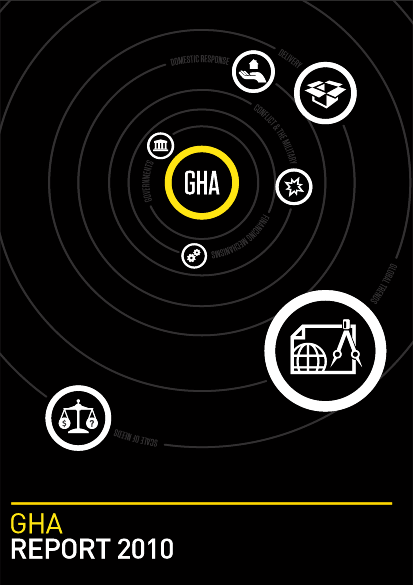
Humanitarian interventions exist to meet humanitarian need – the provision of aid to save life and to maintain human dignity. These needs can be generated by large, sudden and globally visible disasters as well as long-term hard to see events such as drought, a sudden upsurge of violence and forced movement of population; or long-term complex emergencies involving multiple elements of both conflict and natural disaster. Yet it doesn’t need a major disaster or a major conflict to create basic humanitarian need; sometimes what might appear to an outsider as a relatively small event – the failure of a single crop, a mud slide – can tip a vulnerable family or community from poverty into a crisis that is literally a matter of life and death. The crisis will almost certainly make them more vulnerable in the future, forcing people to sell their assets and make choices that undermine their future wellbeing and the prospects for their children.
